|
I spent the last two months in Indonesia and the Philippines -- which means I've had more than my share of opportunities to get seasick. From day trips to see the dugongs in Coron to island hopping in El Nido to liveaboards in the Komodo Islands, I definitely earned my sea legs. And! I learned a really cool and potent way to fight seasickness, using only my mind. See, the fastboat from El Nido to Coron can be a bit rough. I knew the moment I boarded the ship and saw plastic puke bags hanging every couple of feet that my fellow passengers and I were in for it... But given my history with seasickness -- which is virtually nonexistent -- I wasn't too worried. Despite major rocking a few minutes after departure, I even considered sitting in the front of the boat, to enjoy better air conditioning and larger windows. But within a few minutes, I, the queen of never getting seasick, began feeling slightly queasy. I retreated to the middle of the ferry, where pale, sweaty-faced tourists paced nervously and clutched their stomachs. The "fast" ferry could take anywhere from three to five hours -- and given the rough conditions, I expected it to be a little closer to the latter than the former. I knew I had to get a handle on my stomach, or it would be an extremely uncomfortable ride. I'd heard of several remedies -- Dramamine pills are supposed to be quite effective, as well as ginger chews (which, conveniently, are also quite tasty). There are even motion sickness patches and wrist bands, though I know little about their efficacy. However, I had none of these things on hand. What I did have... is my mind. As I've previously written on The Happy Talent: 1. The placebo effect is very powerful and real. (There's a reason the clinical standard for new medicines is that they have to beat the placebo.) 2. Your mind is terrible at distinguishing fantasy from reality -- and that is something you can use to your advantage when it comes to heartbreak, stress, athletic performance, weight loss, and so much more! 3. Your mind is also terrible at correctly attributing physiological arousal -- which is why a terrifying first date may be better than a "nice" one, and couples who play together, stay together. So, I asked myself, how can I use this information to fight my seasickness? What else have I done that kind of feels like rocking violently back and forth in a boat? And then it came to me: Growing up, I jumped on my family's trampoline almost daily. It wasn't quite like being on a boat... but it was similar enough. So I closed my eyes and imagined very specific actions and games I used to do on the trampoline. (Like sports psychology, it only works if you're incredibly specific.) I imagined dropping onto my back, then flipping back up onto my feet. I imagined controlling the snappiness vs. loftiness while doing this move. The difference between doing it quickly vs. slowly. Then, I imagined dropping onto my back, then flipping all the way onto my stomach. This required a bit more height on the bounce, because I had to get my feet under, then behind, my body. I imagined the combo -- going from back to stomach back to feet. I thought about how I used to do that three, or five, or even ten times in a row. I imagined the motion I felt in my stomach was coming from my activity on the trampoline. Almost immediately, the nausea began to subside. So I continued reliving these childhood memories, in vivid detail. I recalled, in vivid detail, playing popcorn with Stacey and Allison. I thought about how you have to tuck your legs in just such a way that you're in a compact ball -- but you don't knee yourself in the chin. I thought about the odd angles at which my upper hip, my butt, my back, my outer thigh, and my shoulder would hit the black canvas -- and the unexpected angles of my rebounds. I pictured the specific mechanics of "stealing" someone's bounce (something I might not do so willy nilly as an adult -- it's a little mean, and can be a little hard on your victim's knees if they're not expecting it). I thought about the specific timing of "giving" someone my bounce -- surprise!! I thought about the Alien Game, during which we would pretend passing cars (of which there were few, seeing as I lived on a small farm in the Midwest) were spaceships. Upon spotting one on the horizon, we would all shout, "CAR!" Then, we would bounce as high as we could three times, before dropping flat onto our stomachs and using our bodies to diffuse and minimize the bounce. The night would grow silent, but for the quiet hum of the passing vehicle and the loud chirping of crickets. When I opened my eyes, I had a huge smile on my face. The seasickness was gone. My sample size is way too small for me to claim this as a scientific truth (though, of course, my reasoning and strategy were based on research and evidence) -- but given how exceedingly well it worked for me, combined with the fact that it literally costs nothing and has no potential for bad side effects or consequences, I highly recommend this as a fallback plan next time you're on a boat. (Though, probably, your Plan A should be dramamine.) I recommended visualization to a little girl on my dugong tour in Coron -- she started feeling sick about one hour into a two-hour boat ride (and there was a two-hour return trip). From: @TheHappyTalent on Instagram. She didn't even want to open her mouth when I asked her if she'd ever been on a trampoline before. Probably because she was afraid puke would come out. So I told her to just close her eyes while I walked her through some very specific trampoline moves and activities. After a few minutes, she began perking up -- she even felt well enough to eat her lunch. (I ate my lunch with my mask and snorkel around my neck, just in case we saw another dugong -- and we totally did!!!) So that is my recommendation. Ride every boat possible. And if you start to feel seasick, use your mind -- your most powerful tool -- to quell the pain. Remember: specificity is key. If you've never jumped on a trampoline, this specific approach might not work. But perhaps you've ridden a rollercoaster. Raced go-carts. Swayed in a hammock. Swung in a swing. Whatever it is, remember it in its each and every detail. Think about those details as you feel the sensations in your body, and pretend that you feel the one because of the other. It will help! Want to know more? Check out Suggestible You: The Curious Science of Your Brain's Ability to Deceive, Transform, and Heal, by Erik Vance.
1 Comment
Sal
7/11/2018 02:49:09 pm
Me again. I found your site while trying to figure out how the heck to get to Batukaras, but I ended up finding the cure to seasickness. I tried this on a ferry today and it worked really well!
Reply
Leave a Reply. |
About the Author

Eva is a content specialist with a passion for play, travel... and a little bit of girl power. Read more >
Want to support The Happy Talent? CLICK HERE!
Or Find me on Patreon!
What's Popular on The Happy Talent:
Trending in Dating and Relationships:
What's Popular in Science: Playfulness and Leisure Skills:
Popular in Psychology and Social Skills:
Categories
All
|

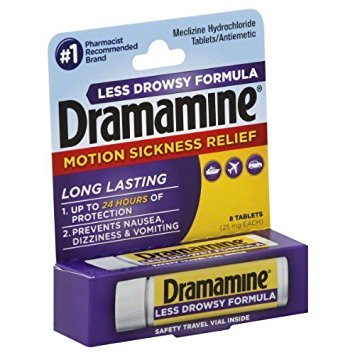
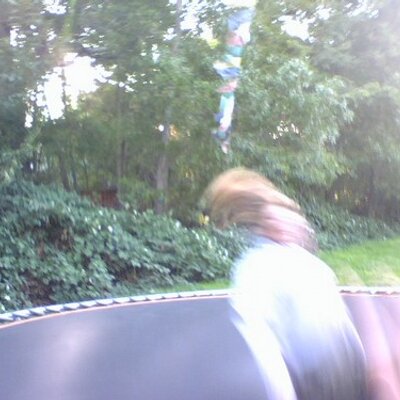
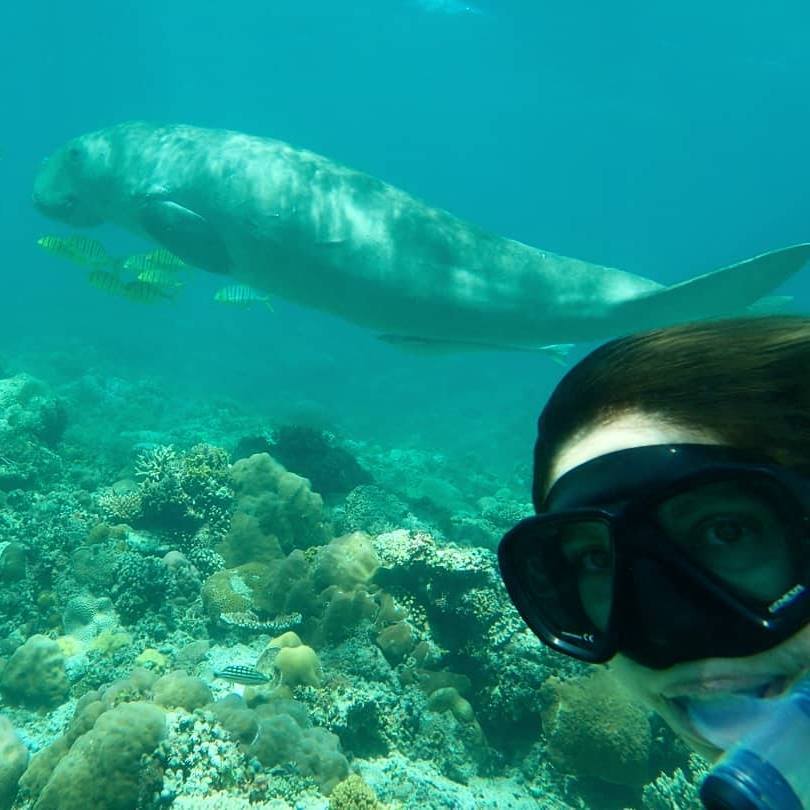
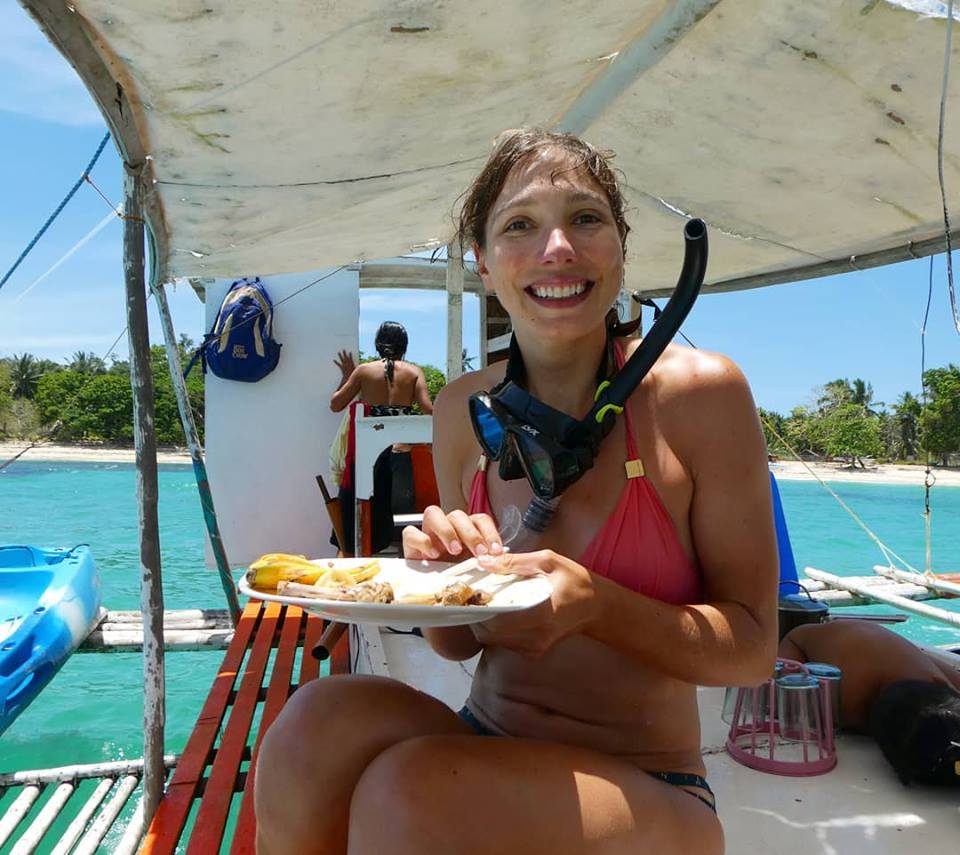
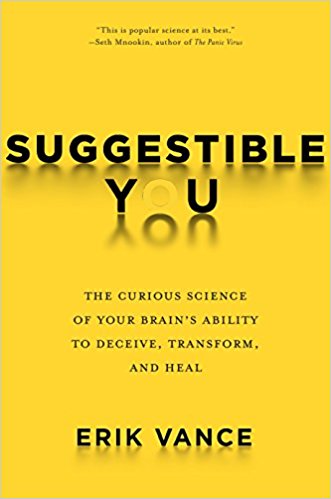

























 RSS Feed
RSS Feed